American Government Course Structure
INSTITUTIONS AND POLICY PROCESSES- Presidency, Bureaucracy, and Congress—30-35%
- The major formal and informal institutional arrangements and powers
- Structure, policy processes, and outputs
- Relationships among these three institutions and links between them and political parties, interest groups, the media, and public opinion
FEDERAL COURTS, CIVIL LIBERTIES, AND CIVIL RIGHTS- 15-20%
A federal court is established under the Constitution of the United States. Civil liberty and rights refer to the state of being subject only to laws established for the good of the community, especially with regard to freedom of action and speech.
- Structure and processes of the judicial system with an emphasis on the role and influence of the Supreme Court
- The development of civil rights and civil liberties by judicial interpretation
- The Bill of Rights
- Incorporation of the Bill of Rights
- Equal protection and due process
POLITICAL BELIEFS AND BEHAVIOR—10-15%
Includes factors that predispose citizens to differ from one another in terms of their political perceptions, values, attitudes, and activities.
- Processes by which citizens learn about politics
- Political participation such as voting behavior
- Public opinion
- Beliefs that citizens hold about their government and its leaders
- Political culture (factors that influence citizens to differ in beliefs and behavior)
- The influence of public opinion on political leaders
CONSTITUTIONAL UNDERPINNINGS OF AMERICAN DEMOCRACY—15-20%
The form of government in which the supreme power is vested in the people and exercised directly by them or by their elected agents under a free electoral system.
- Federalism (with attention to intergovernmental relations)
- Separation of powers
- Checks and balances
- Majority rule
- Minority rights
- Considerations that influenced the formulation and adoption of the Constitution
- Theories of democracy

